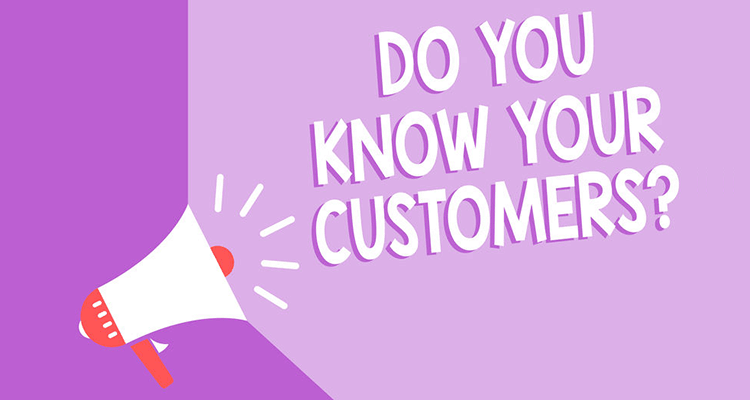Listen Up!
I’ve always heard the key to sales is always be closing (ABC, right?) However, in my experience, many salespeople try close too soon or close the wrong sale.
Too many professionals go into an appointment with an agenda. i.e., I am going to said clients office to close X units of Y. But do they even need “Y” at all? How do you effectively discover a client’s needs while still leading them toward a potential purchase? It starts with listening.

“People like to buy, they don’t like to be sold” —overheard
I started working for Wyndham Hotels when I was in college. The hospitality industry bases all its success on the impressions left on a customer. Most subscribe to the theory that someone with a bad experience tells 10 people, where someone with a good experience tells one. They expected to have a good time, that’s why they came to the hotel in the first place, so why would they feel compelled to rave about it? In their world, this means that they need a 91% satisfaction rate, just to break even!
So, what steps do they take to make sure people are happy? Well, at least when I was there, Wyndham taught something very basic: the method of good communication. It sounds almost absurd or trivial, but once you do some self analysis, you may find how often you violate the rules.
Here is the process as I learned it, and as I try to implement it today.
1. Listen to the Customer
This means listening actively, with confirmation that you are hearing what they say. This means you are providing an environment and encouragement for them to tell you all their wants and needs. This means that you are NOT introducing point-counterpoint statements along the way, or addressing issues in isolation as they arise. You need to hear them out completely. If they leave out information, you do want to ask for more information where you need it, or ask pertinent questions to keep them moving along the path. Anything you say in this phase is to keep the customer in a mode of expressing their wants, needs, frustrations and expectations.
2. Clarify What You Heard
We all have filters on when we listen. The worst thing you can do is launch into a solution after you have patiently listened to the customer describe what they need. It is not the time. After the listening is over, you need to restate what you heard, asking for affirmation that it is right. i.e., “Mr. Jones, as I understand it, you have three small children, and you are very interested in family security. You also have a wife who has dedicated herself to raising the children full-time, and who has to manage the home on a daily basis. It sounds like you are looking for an affordable option that is easy to use and understand, that does not take time to operate and that assures the safety of your family while you are away, while minimizing the work your wife has to do in her already hectic day. Did I hear that correctly?”
At this point he may say “Yes,” or if you missed a priority, he will add it in for you. This is what clarification is for. Skipping this step means launching into a sales pitch on something he may or may not be interested in, and he will become frustrated that you didn’t hear what he said.
3. Offer a Solution
Here is where you get to talk. Play back the items you clarified and how they address issues or priorities that have been expressed. Use any information you garnered in the listening process, including names, relationships, etc. to position your product in a personal and practical way that makes the reason for its purchase very intuitive to the buyer.
4. Ask for Suggestions
In my experience, this can be as key as step 2. Putting an option and its logic on the table is great. Now you need to put it back in the customer’s hands. Not for a take it or leave it decision, but for their thoughts and input. Take a humble, serving approach to this. “Based on what you told me, it seems to me, at least, that this addresses all of your concerns and priorities. Do you have any suggestions on something I may have left out, or on any part of the proposal that seems unnecessary?”
Open the door for conversation again, giving the client control of their destiny. This is where they will ask questions, and you can replay any basis for the design/product that you have offered. It gives you another chance to establish credibility by showing that the basis for everything you proposed is grounded in their specific needs, based on what they themselves said was important.
Remember, this is not about you; they are the hero in the story. You are the mentor. You help them get to where they need to go, but the journey is theirs (thanks, Nancy Duarte!).
When you approach sales this way at the start, you will find much less resistance at decision time, as they will buy out of education and need, and not because they were “sold.”
Maybe it should be “ABL” — Always Be Listening?





